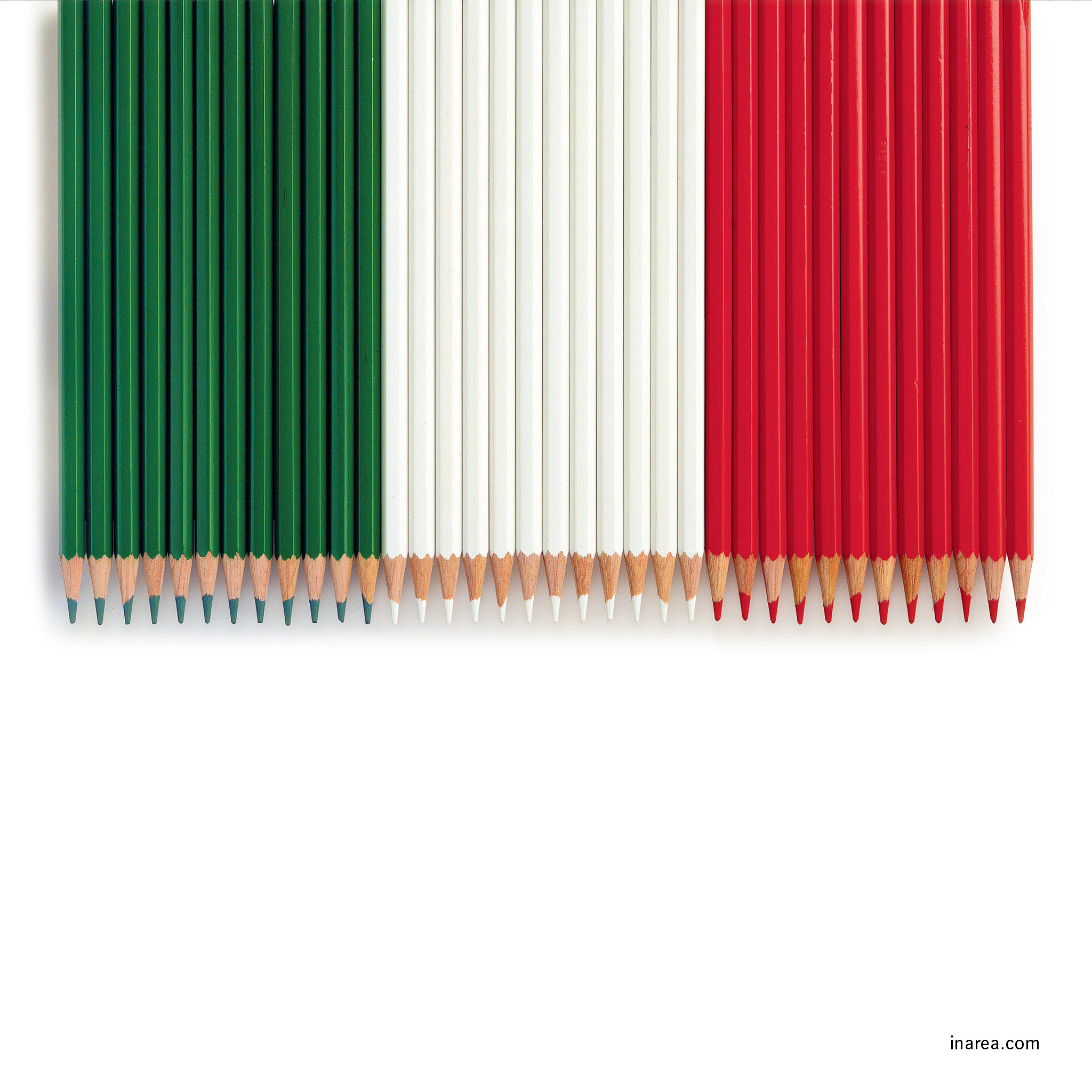The form of government that Italy was to assume from that day onwards was drawn up on 2 June 1946, and this was also partly thanks to “the May King”, as Umberto II came to be nicknamed. He was to rule but a few days because, earlier that same year, in March, he had signed the decree law calling an institutional referendum – one that would, hence, also decide his own destiny.
Today, however, we’d like to look at the Italianness of this story by drawing the portrait of a young prince who, several years earlier, had designed the wedding gown for his Belgian bride, Marie José; one could conclude that Umberto was designer material, though he has gone down in the annals of history for not being such stuff as kings are made of. However, probably a lot of people were feeling somewhat out of joint that year: the men because their wrists had gone numb from years of not voting, the recently-franchised women because they were being called upon to do so for the very first time.
Let’s try to picture ourselves entering the polling booths on that historical day, June 2nd, and seeing all those trembling ballot pencils. It’s a question of sharpening our imaginative skills – and perhaps even, given present-day habits, of “flagging” them! In any case, it was the choice of a Republic that emerged from the polls, a verdict that brought with it much controversy and suspicion; yet, we can no longer visualize Italy as being anything other than that. Hers is undoubtedly a complex and ever-changing identity … it is, however, one that can be drawn with simplicity.

